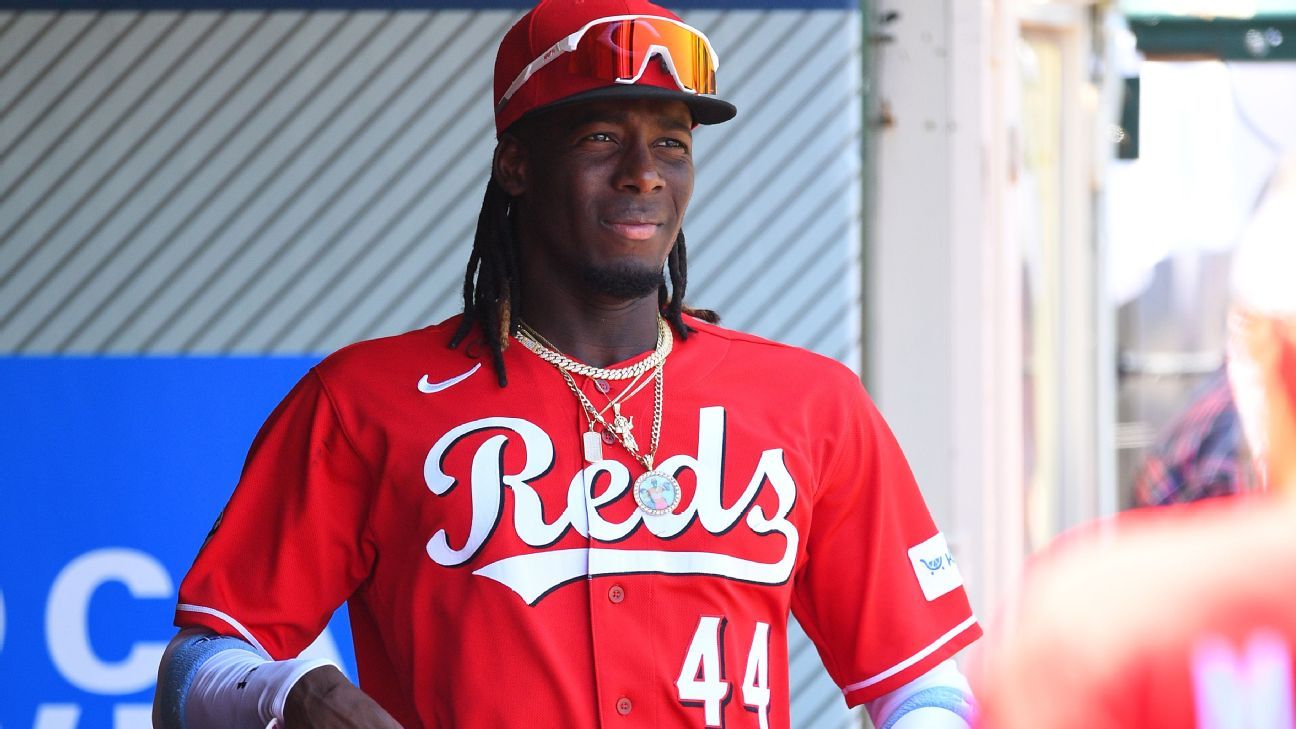Baseball never rests.
Sure, the 2023 season, postseason included, is fully in the books, wrapped up with the Texas Rangers‘ World Series Game 5 win on Nov. 1. But for us fantasy analysts, 2024 is already firmly in our sights. For this columnist, it began with the all-too-early rankings — both points-based and rotisserie! — immediately following the regular season’s conclusion.
However, the real jump-start moment of the new season for many of us is the First Pitch Arizona conference, annually coinciding with the Arizona Fall League’s “Fall Stars Game” weekend, generally scheduled for the first weekend of November and directly before the beginning of the annual free agency period. Yes, this year’s event began less than 24 hours after the 2023 season concluded. Welcome to the year-round process that is fantasy baseball analysis.
For those who have never attended, First Pitch Arizona is a great opportunity to scout prospects and prospective 2024 rookies, reassess some of our findings from the most recent season and, most importantly, connect with many of the brightest minds (and players) in the industry. On the prospect front, be sure to check out Eric Karabell’s informative look at some of the Arizona Fall League’s prospect class, found here.
As far as major leaguers — and certain 2024 draft picks — are concerned, here are some of my weekend takeaways that were most relevant from a rankings perspective:
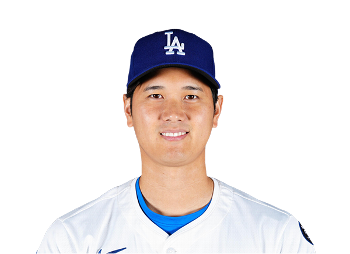 Shohei Ohtani, DH/SP, Los Angeles Angels: Among the most-asked-about players related to injuries, Ohtani should be ready to serve as a full-time hitter from the onset of 2023, but be unable to pitch again until the beginning of 2024. That said, we don’t at all know the specifics of his Sept. 19 elbow surgery, so it’s understandable that fantasy managers might have some doubt about his utility for our purposes come Opening Day.
Shohei Ohtani, DH/SP, Los Angeles Angels: Among the most-asked-about players related to injuries, Ohtani should be ready to serve as a full-time hitter from the onset of 2023, but be unable to pitch again until the beginning of 2024. That said, we don’t at all know the specifics of his Sept. 19 elbow surgery, so it’s understandable that fantasy managers might have some doubt about his utility for our purposes come Opening Day.
My theory — shared at the conference — is that we’ll get further details, enough to confidently make our draft-day judgments, only once Ohtani comes to terms with his new team. That’s why I’m taking him at his word, that he will be a 162-games-available DH in 2024, and drafting him as a first-rounder (whereas he’s the No. 14 pick on average through the NFBC’s first 19 offseason drafts, with a low-end selection of 29th overall). At least, this is the case until we get more information.
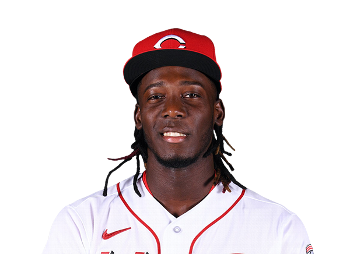 Elly De La Cruz, SS/3B, Cincinnati Reds: Speaking of those early NFBC (National Fantasy Baseball Championship) ADP returns, De La Cruz’s are out of control, seeing him at No. 20 overall with high and low selections of 15th and 35th. To be clear, I love the guy and see a potentially spectacular career ahead for him. For 2024 alone, however, he’s much more rotisserie-angled, and more likely to set the single-season record for strikeouts than to return top-25 overall fantasy value.
Elly De La Cruz, SS/3B, Cincinnati Reds: Speaking of those early NFBC (National Fantasy Baseball Championship) ADP returns, De La Cruz’s are out of control, seeing him at No. 20 overall with high and low selections of 15th and 35th. To be clear, I love the guy and see a potentially spectacular career ahead for him. For 2024 alone, however, he’s much more rotisserie-angled, and more likely to set the single-season record for strikeouts than to return top-25 overall fantasy value.
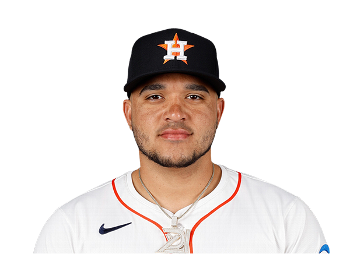 Yainer Diaz, C, Houston Astros: There’s plenty of chatter about his prospective 2024 role, especially after general manager Dana Brown told KPRC-2 Houston recently that Diaz is “going to be the main guy” behind the plate. Diaz only once all season started as many as five games across any 10-game span, had subpar framing metrics (minus-4 runs above average, per Statcast) and the team’s highest ERA when catching (4.06), but he also had well-above-average raw power metrics (96th percentile expected slugging percentage, 79th percentile Barrel rate) that appeal to fantasy managers.
Yainer Diaz, C, Houston Astros: There’s plenty of chatter about his prospective 2024 role, especially after general manager Dana Brown told KPRC-2 Houston recently that Diaz is “going to be the main guy” behind the plate. Diaz only once all season started as many as five games across any 10-game span, had subpar framing metrics (minus-4 runs above average, per Statcast) and the team’s highest ERA when catching (4.06), but he also had well-above-average raw power metrics (96th percentile expected slugging percentage, 79th percentile Barrel rate) that appeal to fantasy managers.
The fact that he has practically never seen a pitch he didn’t want to swing at — his 44% chase and 59% overall swing rates were second- and third-highest among hitters with at least as many as his 377 plate appearances — casts him a shaky points-league pick, but Diaz should carry top-10 positional value in rotisserie leagues as a starter.
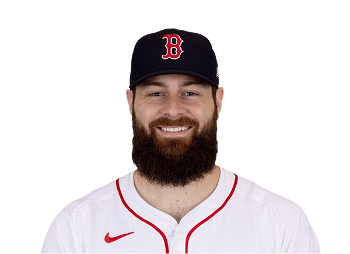 Lucas Giolito, SP, Free Agent: After he became the first player in the modern era to surrender eight-plus runs in a game for three different teams — and he did so within a 49-day, 9-start span at that — it’s interesting to hear anyone make a “buy low” case for the free agent. Still, that was the case — granted, hardly a passionate one — during Saturday’s pitching spotlight panel, and it’s a fair point that he’s still only 29 years old and had seven 20-point fantasy performances in 2023 (the same number as Ohtani, Pablo Lopez and Freddy Peralta, for a reference point). He’ll be a pitcher on my spring watch list.
Lucas Giolito, SP, Free Agent: After he became the first player in the modern era to surrender eight-plus runs in a game for three different teams — and he did so within a 49-day, 9-start span at that — it’s interesting to hear anyone make a “buy low” case for the free agent. Still, that was the case — granted, hardly a passionate one — during Saturday’s pitching spotlight panel, and it’s a fair point that he’s still only 29 years old and had seven 20-point fantasy performances in 2023 (the same number as Ohtani, Pablo Lopez and Freddy Peralta, for a reference point). He’ll be a pitcher on my spring watch list.
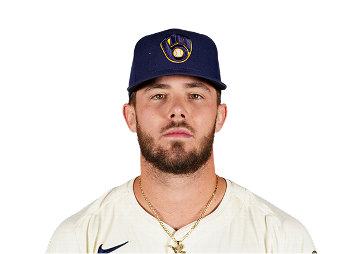 DL Hall, RP, Baltimore Orioles: While everyone gravitates to Yennier Cano as the Orioles’ prospective 2024 closer, Hall is the skilled alternative who meets the sleeper description. His trio of offerings (four-seam fastball, slider, changeup) each had at least a 30% whiff rate (percentage of hitters’ swings that were flat-out misses) and his 33% career minor league strikeout rate says he has the potential for more. Saturday’s pitching panel brought a universal opinion that Cano is a less-attractive fantasy closer than either Adbert Alzolay or Andres Munoz.
DL Hall, RP, Baltimore Orioles: While everyone gravitates to Yennier Cano as the Orioles’ prospective 2024 closer, Hall is the skilled alternative who meets the sleeper description. His trio of offerings (four-seam fastball, slider, changeup) each had at least a 30% whiff rate (percentage of hitters’ swings that were flat-out misses) and his 33% career minor league strikeout rate says he has the potential for more. Saturday’s pitching panel brought a universal opinion that Cano is a less-attractive fantasy closer than either Adbert Alzolay or Andres Munoz.
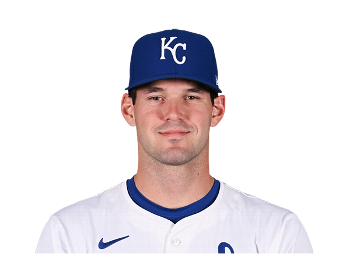 Cole Ragans, SP/RP, Kansas City Royals: He’s a tough pitcher in whom to completely believe, his 12-start outburst following his June 30 trade from the Texas Rangers (along with fellow prospect Roni Cabrera for Aroldis Chapman) displaying skills he had never before in eight professional seasons. Still, Ragans’ adjustments lent a good share of legitimacy to the performance, and the overall conference vibe was that it was very much legit.
Cole Ragans, SP/RP, Kansas City Royals: He’s a tough pitcher in whom to completely believe, his 12-start outburst following his June 30 trade from the Texas Rangers (along with fellow prospect Roni Cabrera for Aroldis Chapman) displaying skills he had never before in eight professional seasons. Still, Ragans’ adjustments lent a good share of legitimacy to the performance, and the overall conference vibe was that it was very much legit.
Thanks in large part to his work with Tread Athletics during the 2022-23 offseason, Ragans added an astonishing 4.4 mph of average velocity to his four-seam fastball — at 96.5 mph, it was the game’s 11th-fastest (among pitchers with at least 10 starts), just behind Gerrit Cole — and exhibited more balance in his delivery, things that should carry over smoothly into 2024. Better questions regarding his repeat prospects should center on his being a two-time Tommy John surgery returnee (done back-to-back in 2018 and 2019) or that he totaled only 96 innings in 2023 and never more than 134 2/3 in any pro year.
On the topic of quality starts
One of the reasons I haven’t been nearly as passionate about the inclusion of quality starts in rotisserie scoring, or in the rotisserie 6×6 format which I previously wrote about annually, is the sharp decline in the category’s production.
My big pitch for 5×5 managers to migrate their leagues to 6×6 came in 2014, which was ultimately the year that saw the most quality starts in history. Last season, by comparison, there were 940 fewer quality starts than there were just nine seasons earlier, and the league’s overall QS rate has been beneath 40% for five years running — the five lowest such rates in a season since World War I (and be aware that it’s difficult to verify how much further back that might be true, since earned runs weren’t an official stat until 1912).
Simply put, there aren’t enough quality starts to go around to populate a 6×6 pool these days, and I’m increasingly in favor of a switch back to wins, at least in the absence of a more compelling category. Another point in wins’ favor: In 2013, 59% of all starts resulted in a quality start and 34% resulted in a win. Last season, 35% of all starts resulted in a quality start and 29% in a win.
